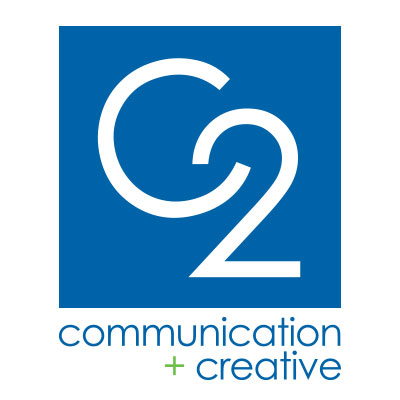Sadly, many executives continue to view the PR function as a cost center. While it’s the job of strong-willed PR pros to shift that mindset, in many cases the problem remains one of our own doing.
We’ve created the notion among leaders that PR is 50 percent writing and distributing news releases and 50 percent crisis management. In their minds, we’re most useful when we’re grabbing positive headlines or keeping the lid on an issue. And while we can toss around words like reputation and brand management, those in the C-suite stopped listening at “PR strategy.”
To further the misconception, we serve up reach, impression and ad equivalency data. It’s time to put on our big boy and girl pants and reframe the PR story with a focus on sales revenue.
Since the maturation of social media platforms for business, the PR industry has been staring an obvious answer right in the face. The ability to create and own digital content, and measure its effectiveness in driving leads that convert to sales, is a tool within our grasp. Through content strategy and execution, we can change PR from cost center to revenue driver.
Here are five steps you can take to start making the shift at your organization:
Create and publish content to enhance awareness.
Use social media to solidify thought leadership.
Engage with influencers to develop third party support and testimonials.
Use calls to action to drive leads and new revenue.
Measure and report leads, conversions and sales related to content strategy.
In a nutshell, it works like this:
Step One: Ghost write a short article on your company’s product or service and a pitch it to a third-party influencer.
Step Two: The article is published online, complete with links to additional information you’ve developed and posted to a landing page on your corporate website.
Step Three: Create and post the article to your corporate social media accounts with a URL linking back to your landing page.
Step Four: Working with the marketing team, track the links coming from the article and identify how each reader reacts to the landing page call to action (case study or white paper download, request for a demo, newsletter signups, for example).
Step Five: Measure the leads, the requests and, ultimately, the conversion to sales.
As you can see, by enhancing your approach to content you’re able to drive audience interest, interest becomes traffic, traffic creates leads, leads enter the sales funnel and that converts to revenue. Presto!
A recent survey of executives revealed that 63% already believe social media helps with reputation and branding. With this in mind, you’re more than halfway there. Simply adjust your content strategy efforts and you can change how executives view PR.
It’s up to us to create this new reality. Consider how your day-to-day work with content strategy and creation will result in reaching customers, developing new leads and driving revenue to meet business goals.



